
|
 28 May 1997
28 May 1997 12:24 PM GMT+2 |
 |
| Recorded
history of the Western Cape does not stretch back much beyond the arrival
of European settlers in the 17th century. It is however, known that the
region was populated extensively by two related groups the Khoikhoi and
the San (known collectively as the Khoisan).
The languages of the Khoisan were remarkable for their peculiar "clicking" sounds. Although they had no written language, much of their history and mythology is recorded in the rock-paintings which can be found in caves throughout Southern Africa. |
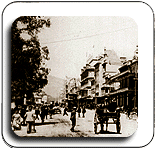
|
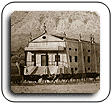 |
The
Dutch East India Company
Although Bartholomew Dias became the first European to round the Cape of Good Hope in 1488, it was only in 1652, with the arrival of Hollander Jan van Riebeeck that the first European colony was established. The colony was set up to provide fresh water and provisions for ships of the Dutch East India Company |
| The
Cape Malays
As an important node on the trade route to the East it was not surprising that Cape Town should have developed a substantial community of immigrants from the East, particularly Malays. The Malays brought with them a culture rich with tradition and customs. To this day Cape Town has a strong Muslim community. Every morning the city wakes to the call to prayer from the mosques in the old Malay Quarter. |
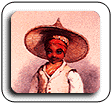 |
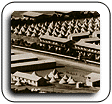 |
Arrival
of the British
The rise of British imperialism in the eighteenth century rapidly brought them into conflict with the Dutch settlers in the Cape. The British emerged victorious and the new rulers soon began to anglicise the colony. During the nineteenth century, political and social institutions were recast in the British mould and English was made the official language of the public service, the judiciary, Parliament and public education. Dutch settlers came under strong pressure to abandon their own language, customs and heritage for English cultural forms and lifestyles. These factors and others, such as increasing pressure on the land and the abolition of slavery, caused many to migrate away from the Cape Colony into the interior. |
| The
rise of the cities
The discovery of gold and diamonds around the turn of the century resulted in rapid industrialisation and urbanisation of South Africa, including the Cape. As the demand for labour on the mines grew various legislative measures (restricting access to land and promulgating certain taxes) were adopted to promote urbanisation. As a result the black population of South African cities swelled with labourers and their families living in informal settlements attached to the cities. |
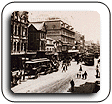 |
 |
Cape
Town - Seat of Parliament
Following the Boer War (1899 - 1902), the four colonies (Natal, the Orange Free State, the Transvaal Republic and the Cape Colony) joined together to form the Union of South Africa. Cape Town became the legislative capital of the Union and Pretoria the administrative capital. |
| Apartheid
Urbanisation not only impacted upon the black population but also on the white descendants of the dutch settlers who had developed a national identity as Afrikaners (literally "Africans"). Following rapid urbanisation many Afrikaners found themselves subsumed into the growing working class. However, Afrikaners, due to the racist Act of Union had the vote while black people did not. It was on the vote of impoverished Afrikaners that the Nationalist Party came to power in 1948, wherupon they rapidly set about formalising the separation of the different racial groups. |
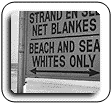 |
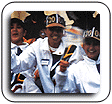 |
Democracy
It was only in 1990, with the unbanning of the ANC and the release of Nelson Mandela, that South Africa finally abondoned the policy of Apartheid. Although South Africa is now a democratic, non-racial state, the legacy of apartheid remains, and will take many generations to undo. We believe that bringing the Games to Cape Town can substantially assist this process, by providing a much needed stimulus to the regional economy. |
![]() created by: Electric Ocean
created by: Electric Ocean ![]() hosted by: Intekom
hosted by: Intekom
technical contact: Luqman ![]() editorial contact: Goolam
editorial contact: Goolam
© Cape Town Olympic Bid Company
Lille 2004 : Mémoire d'une Candidature